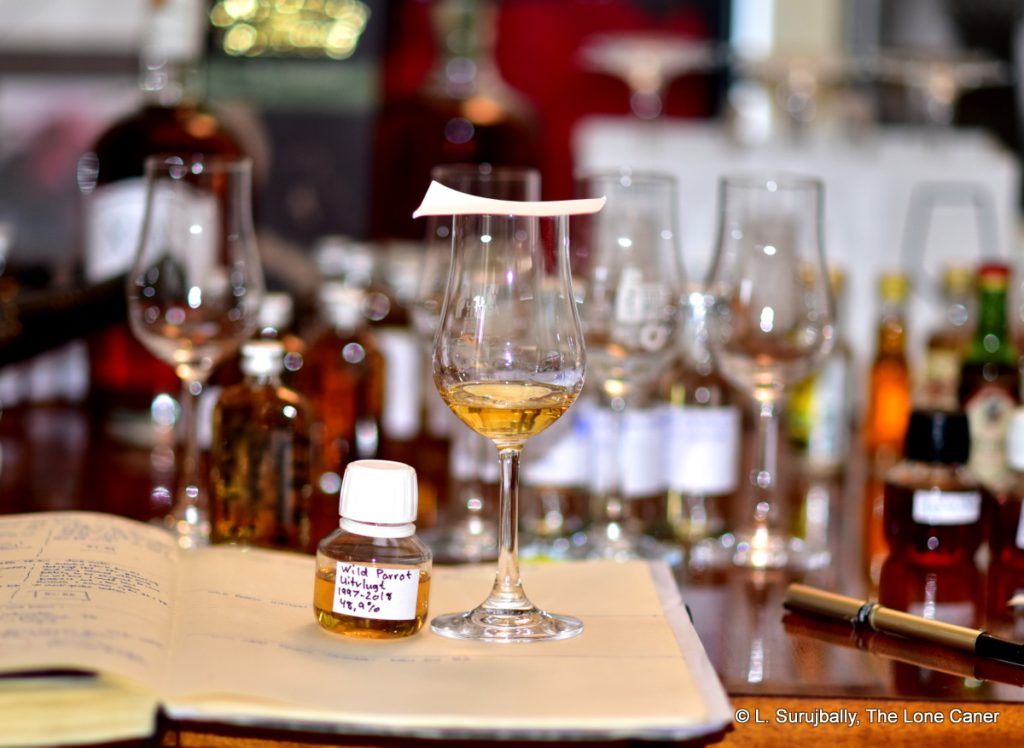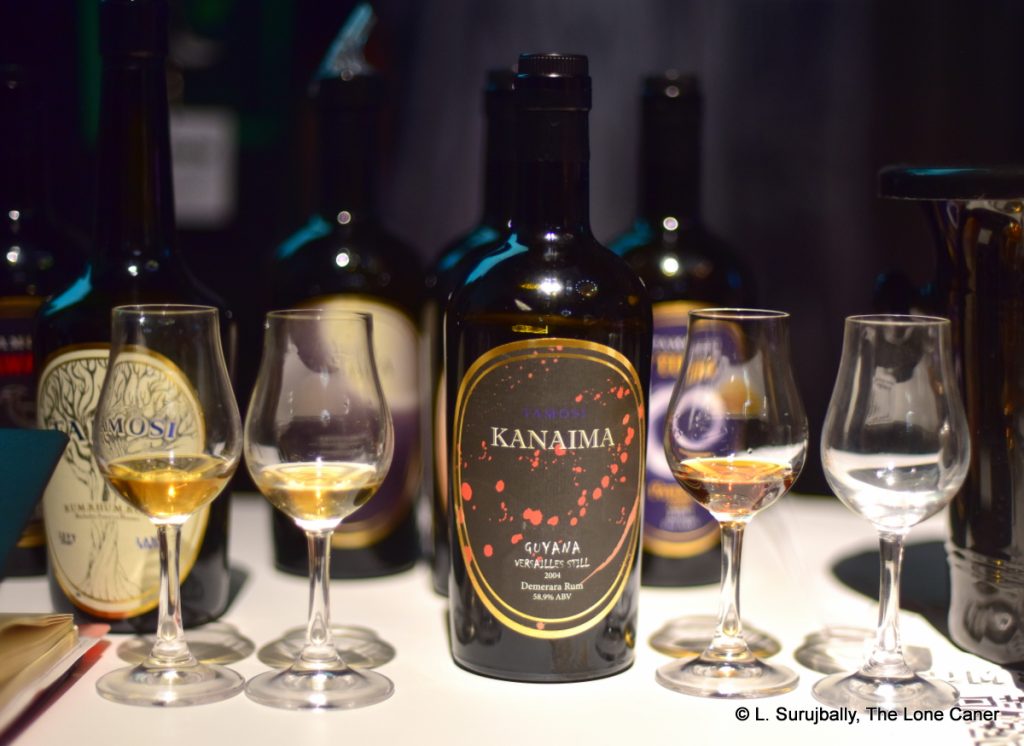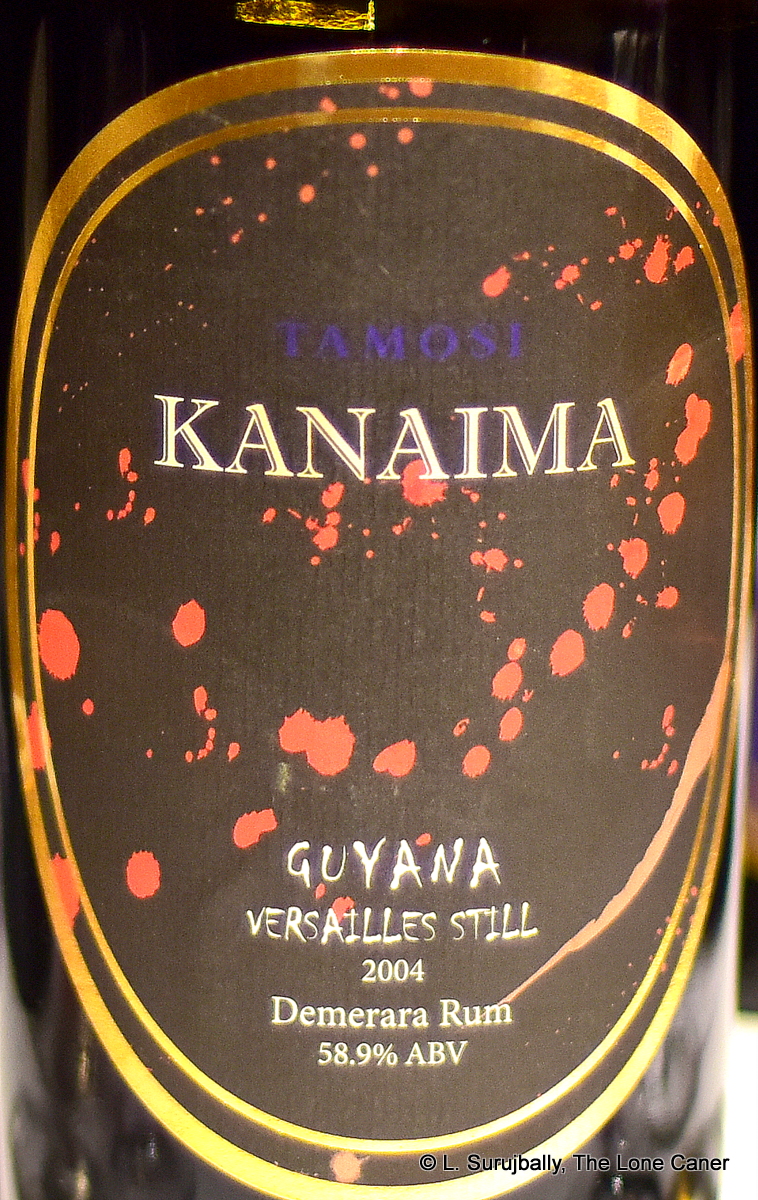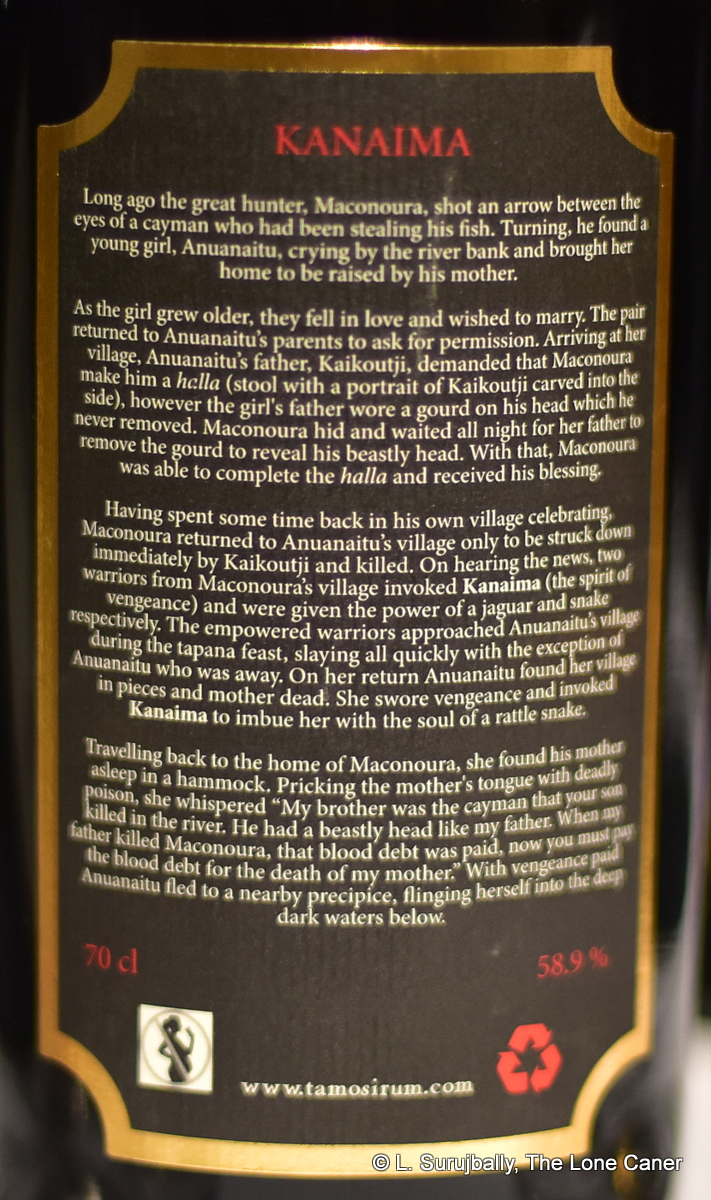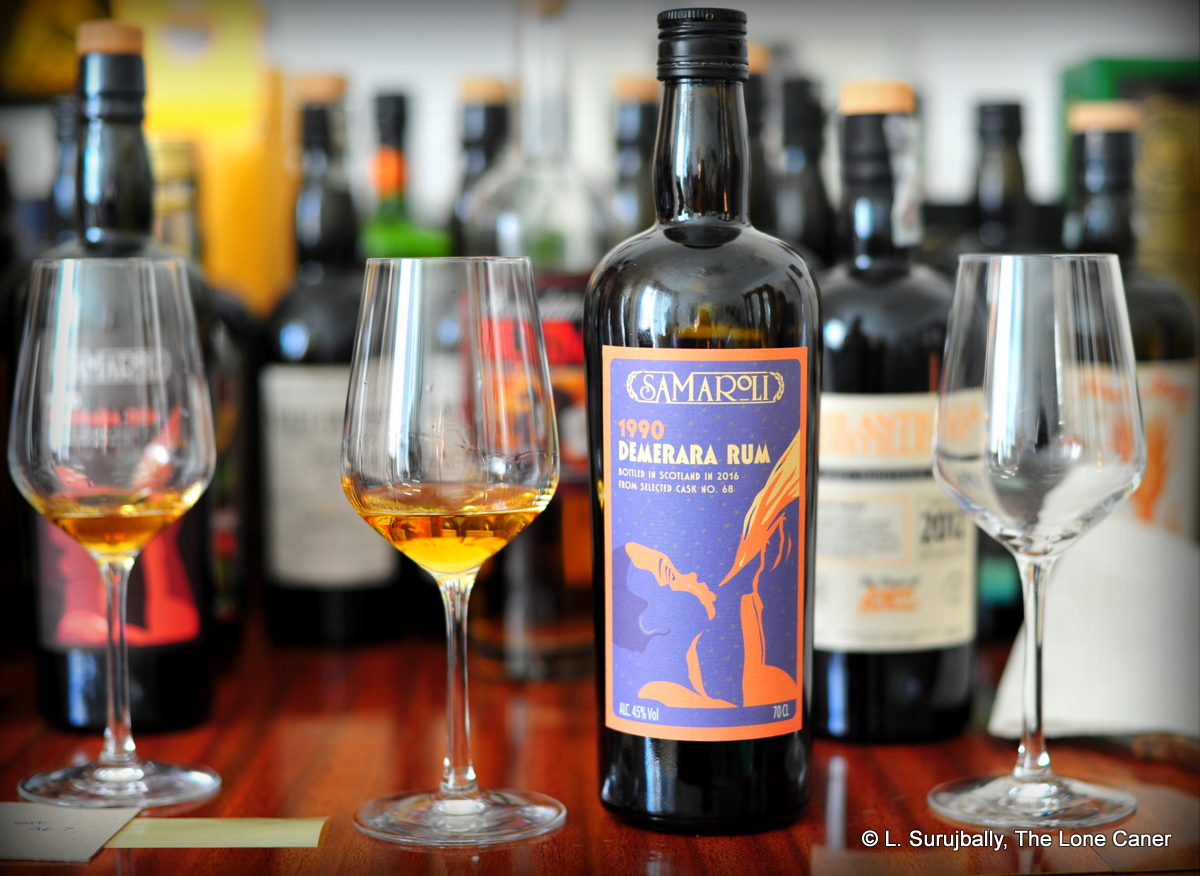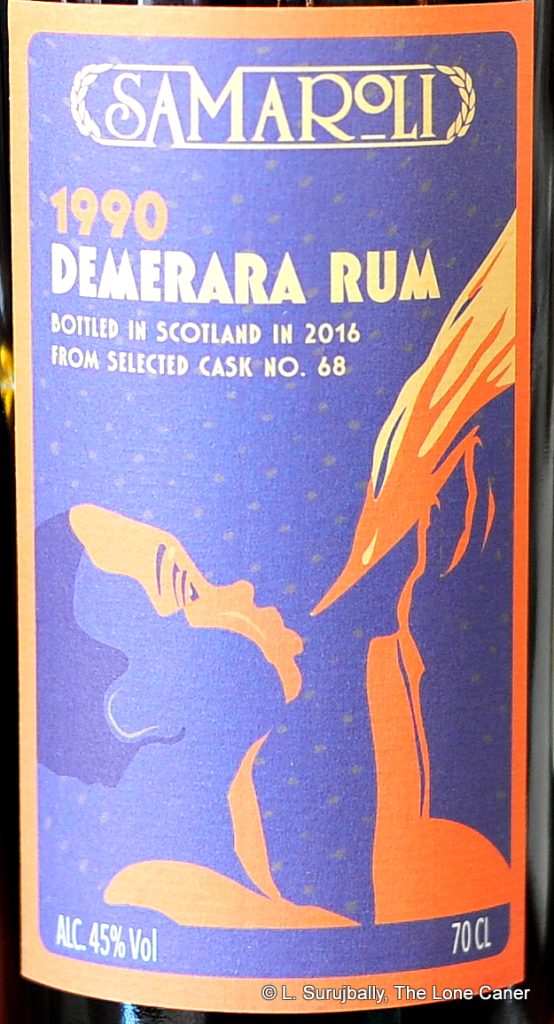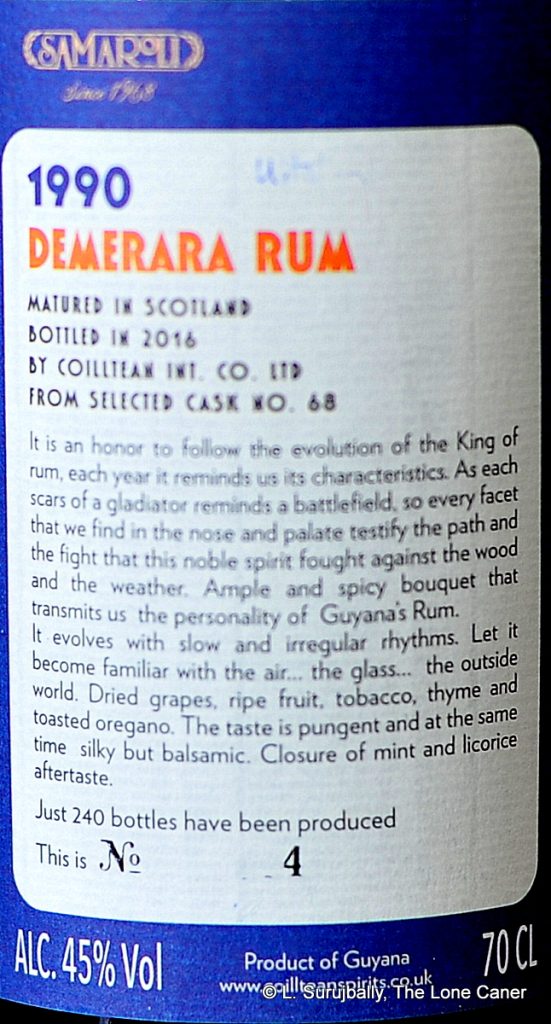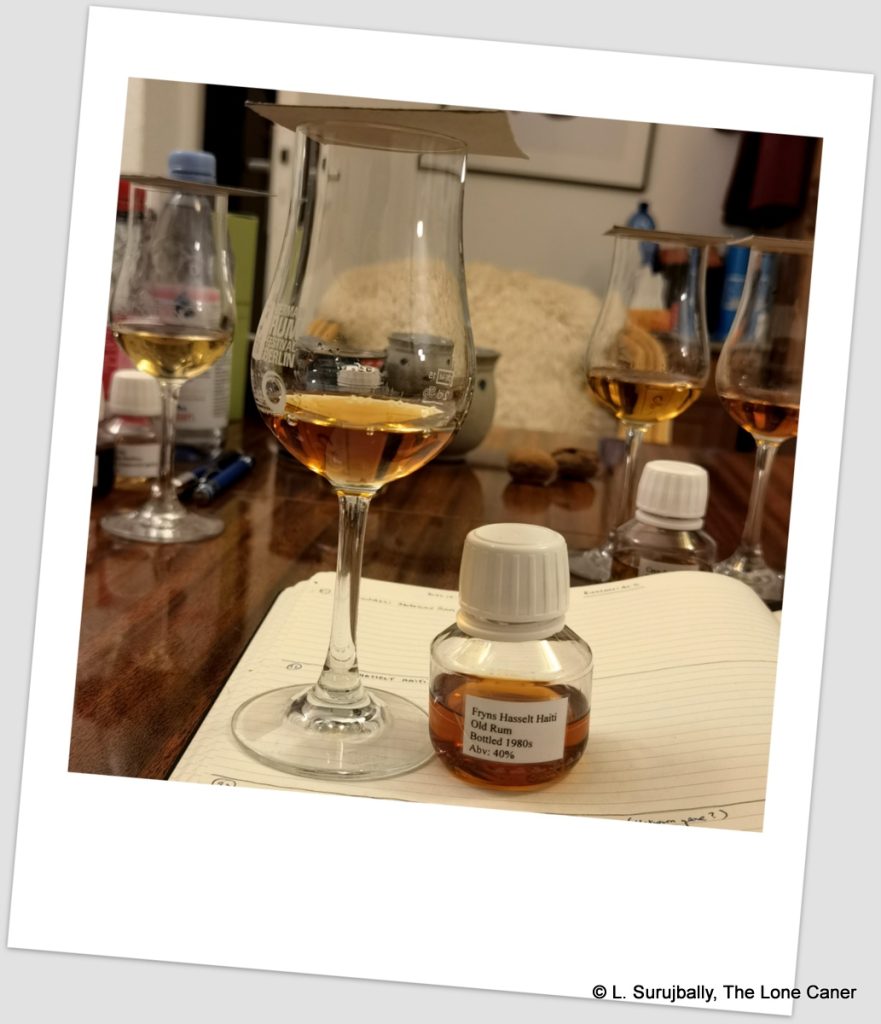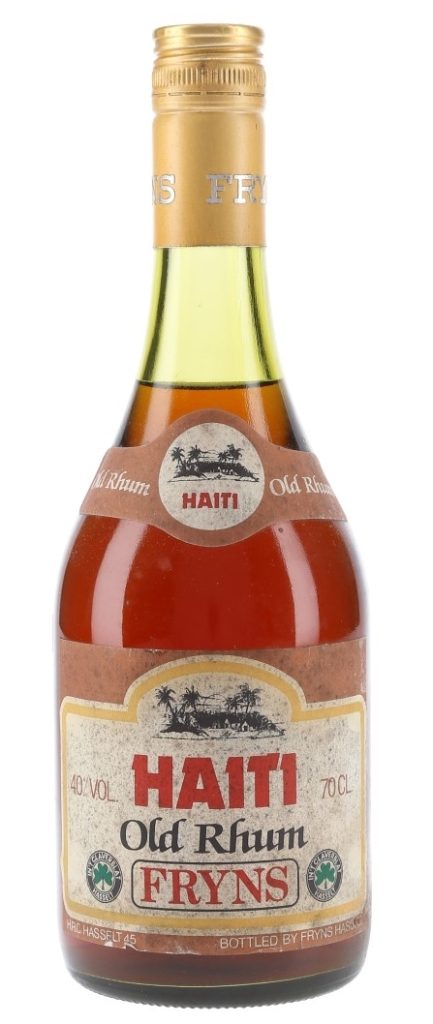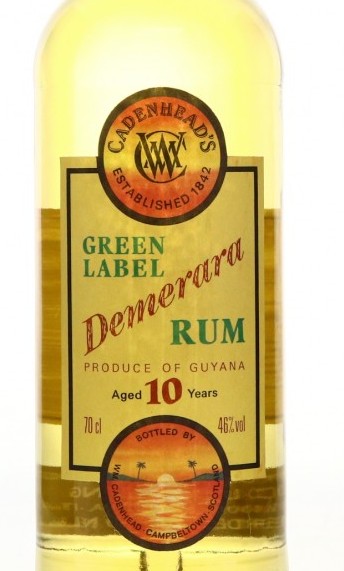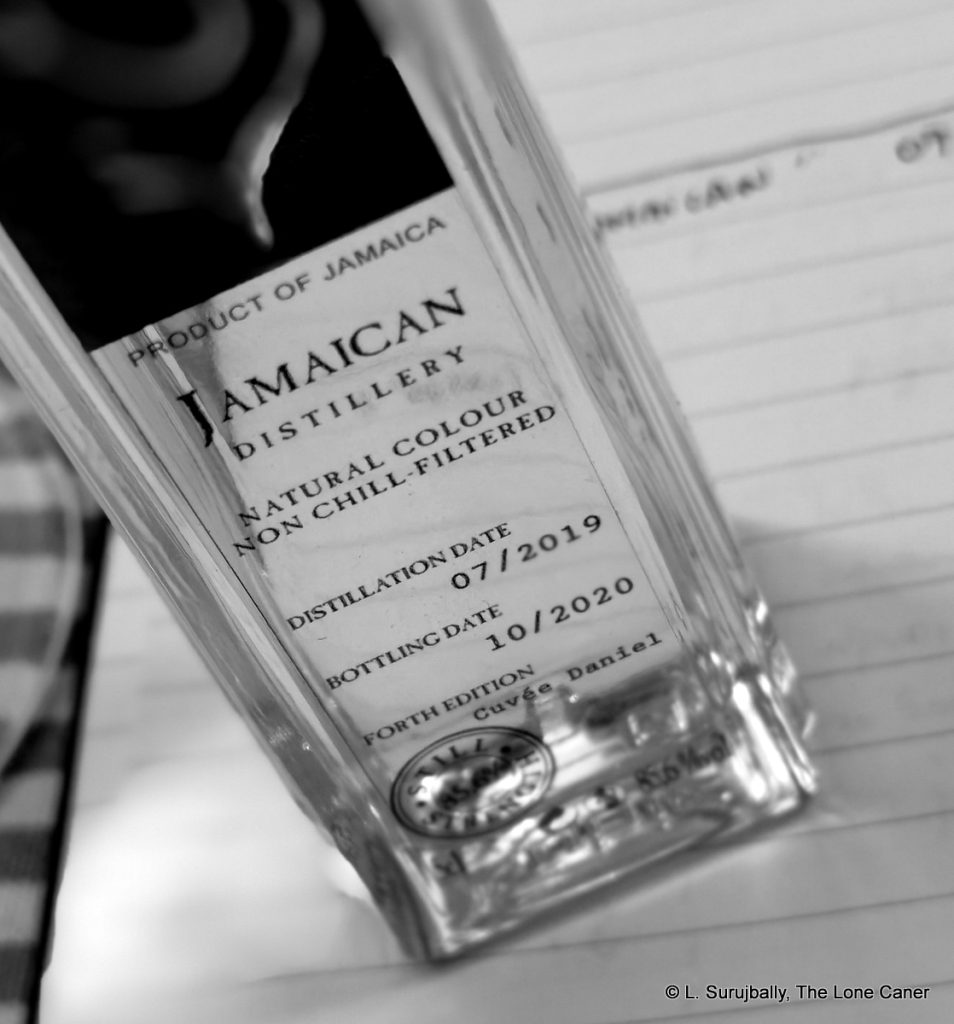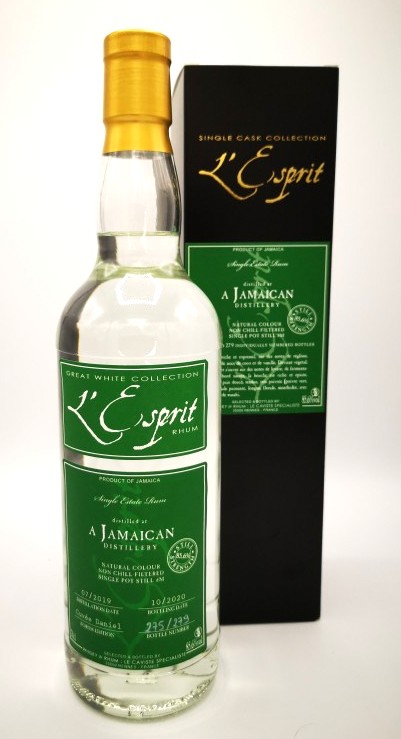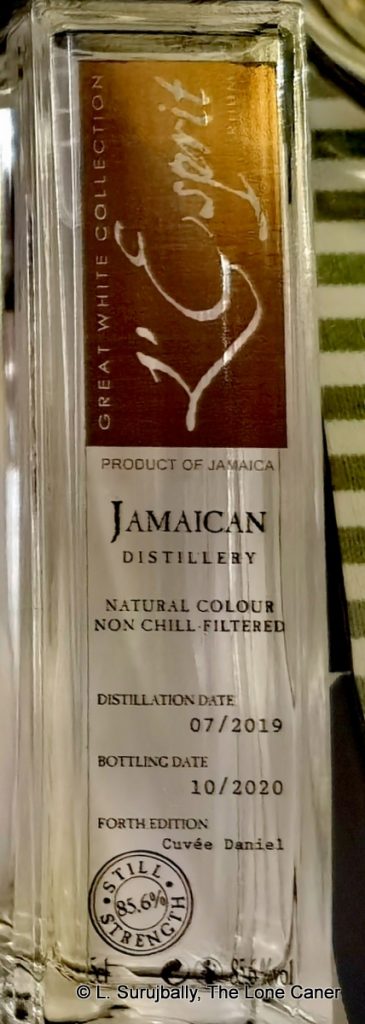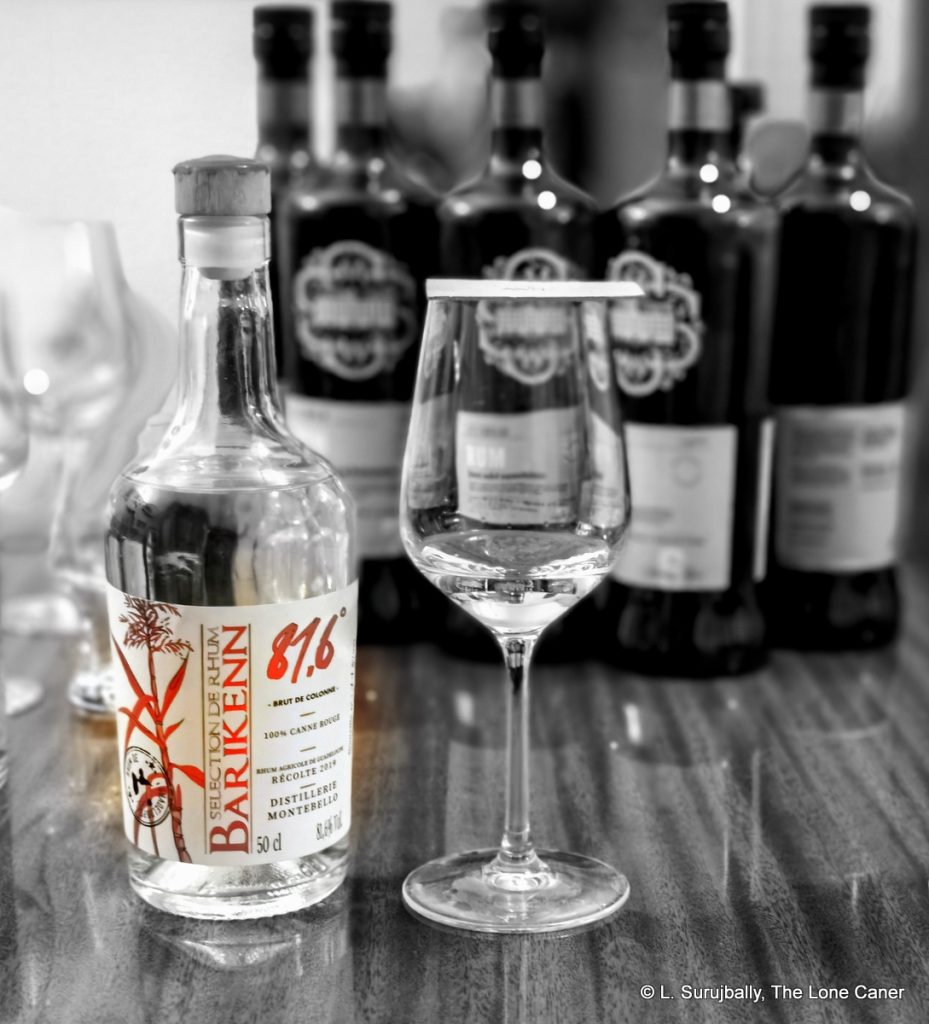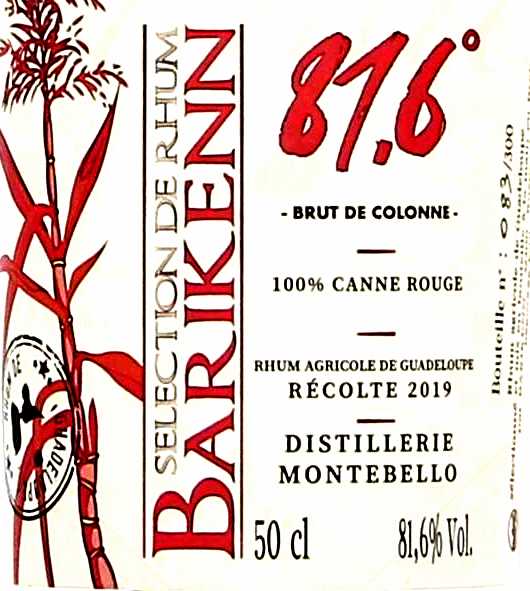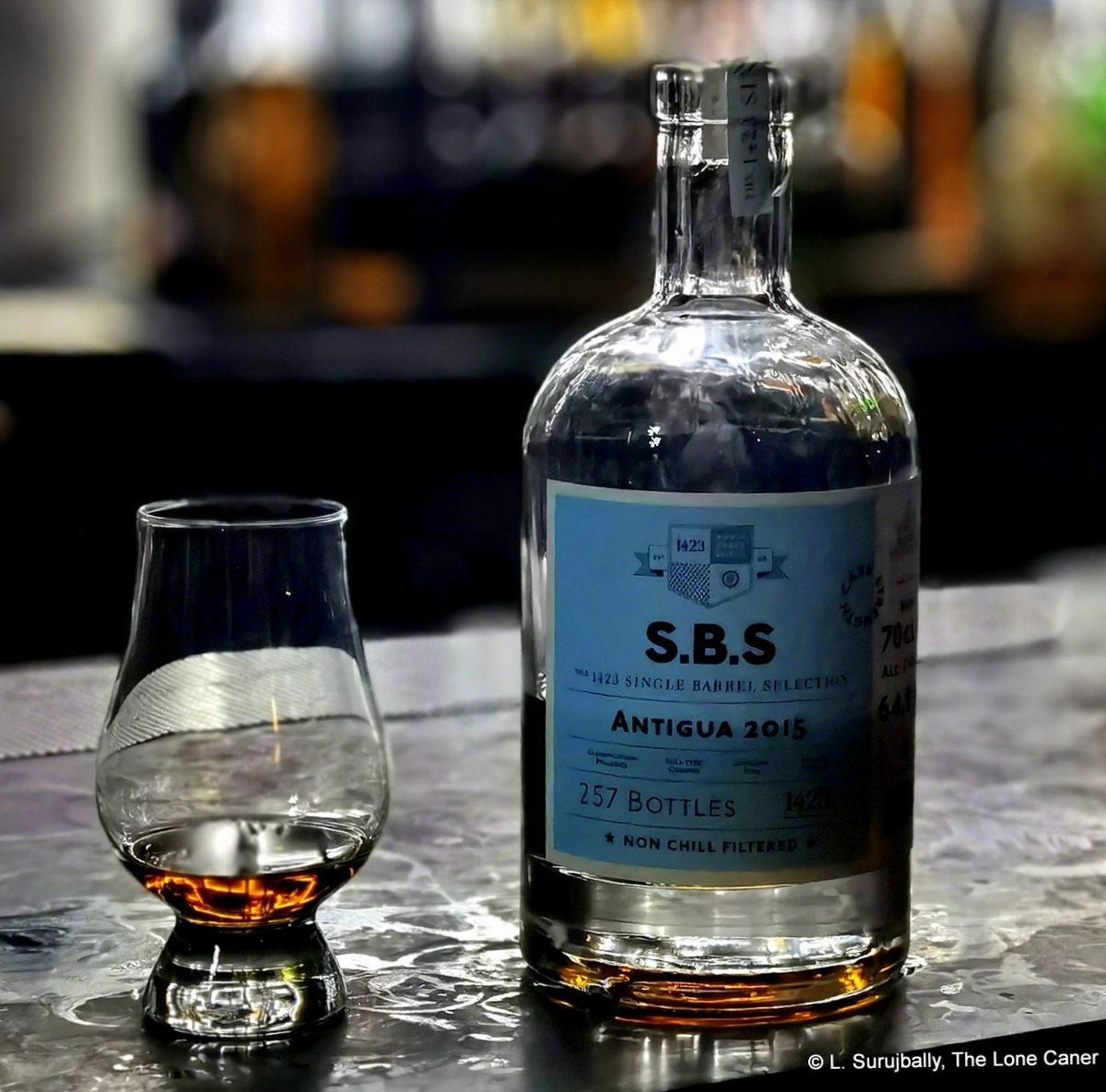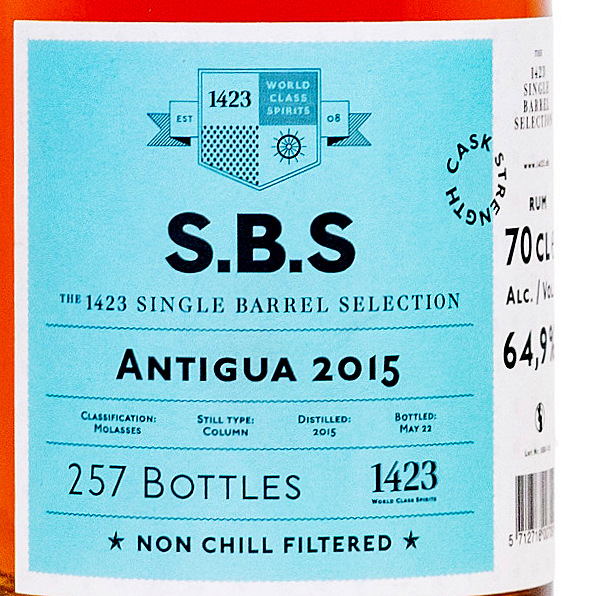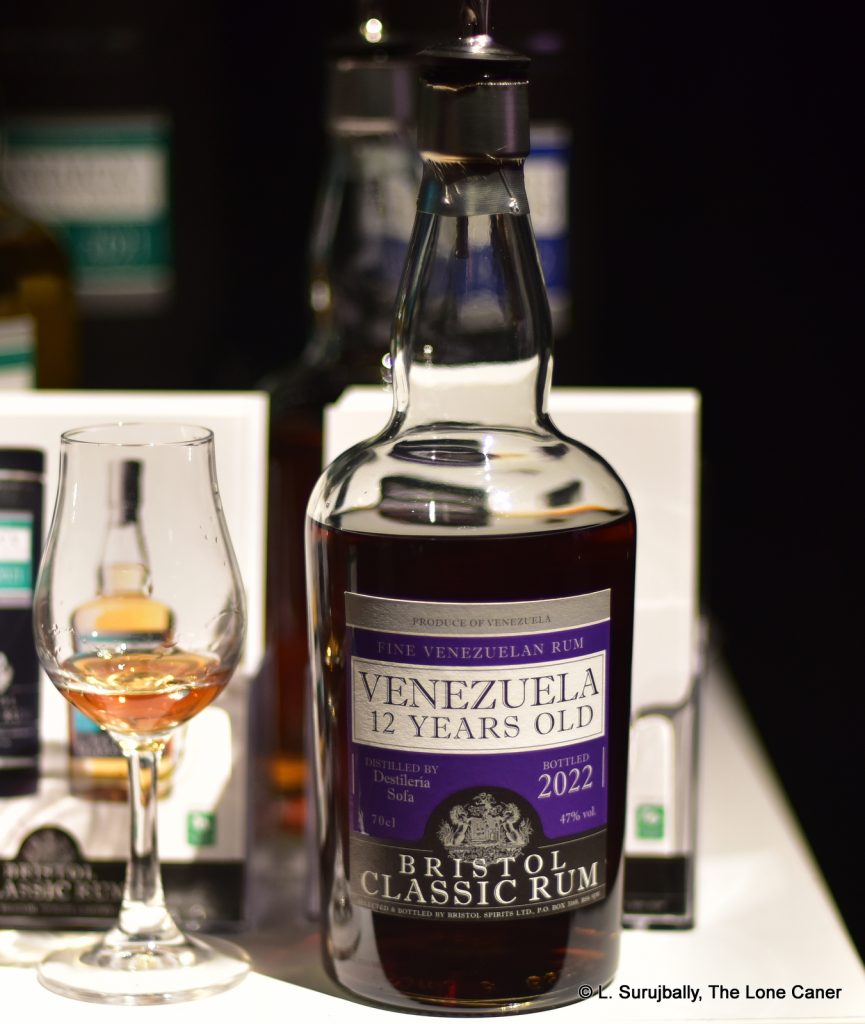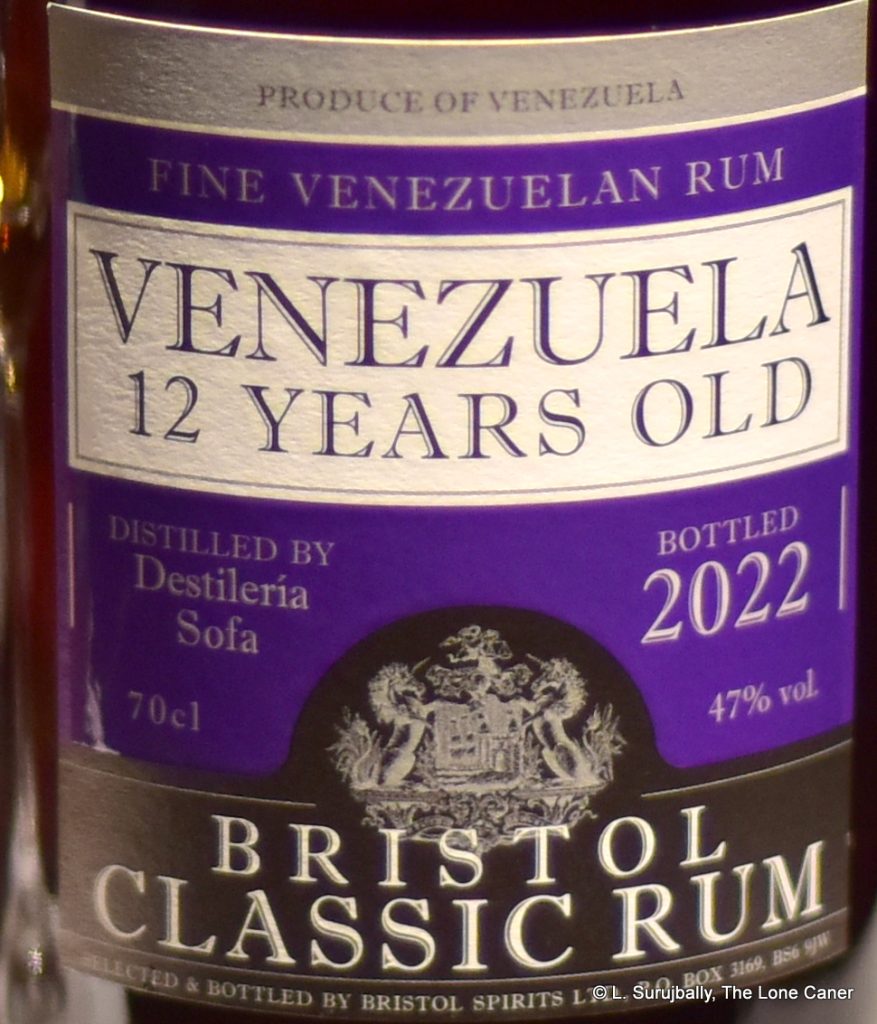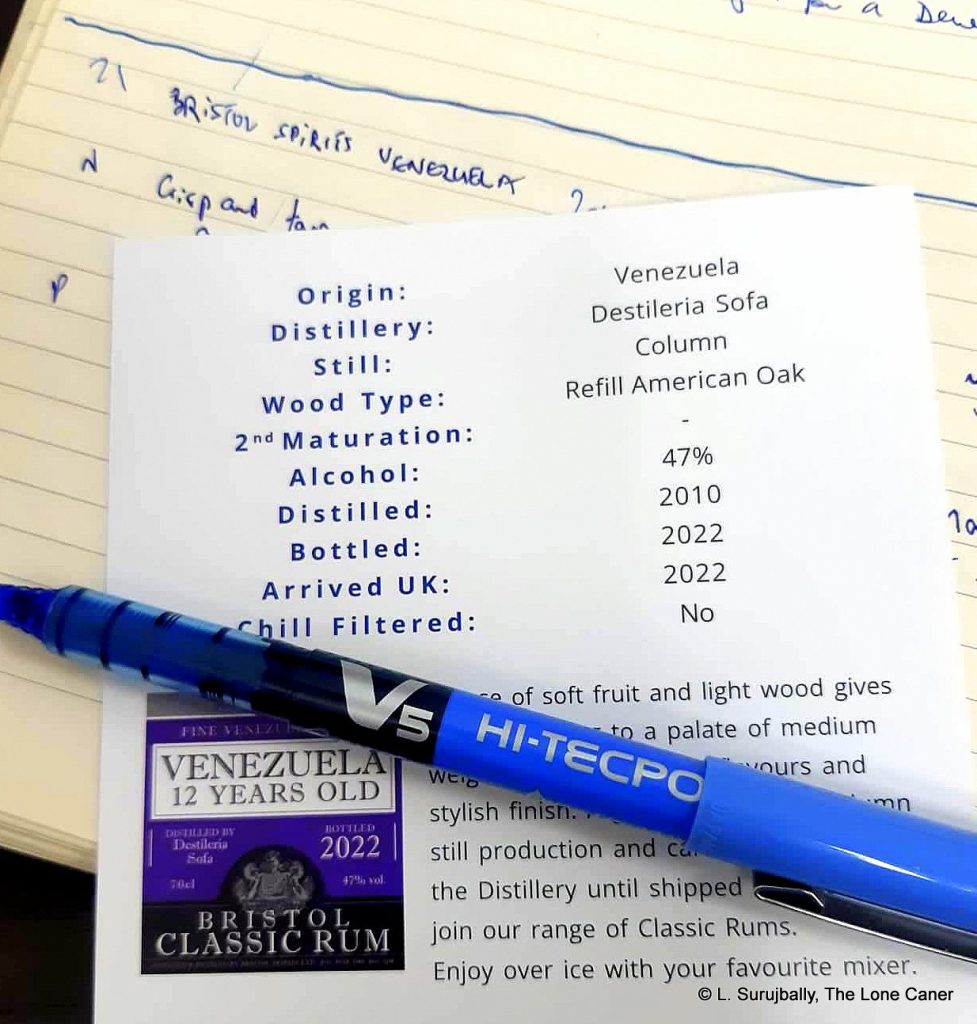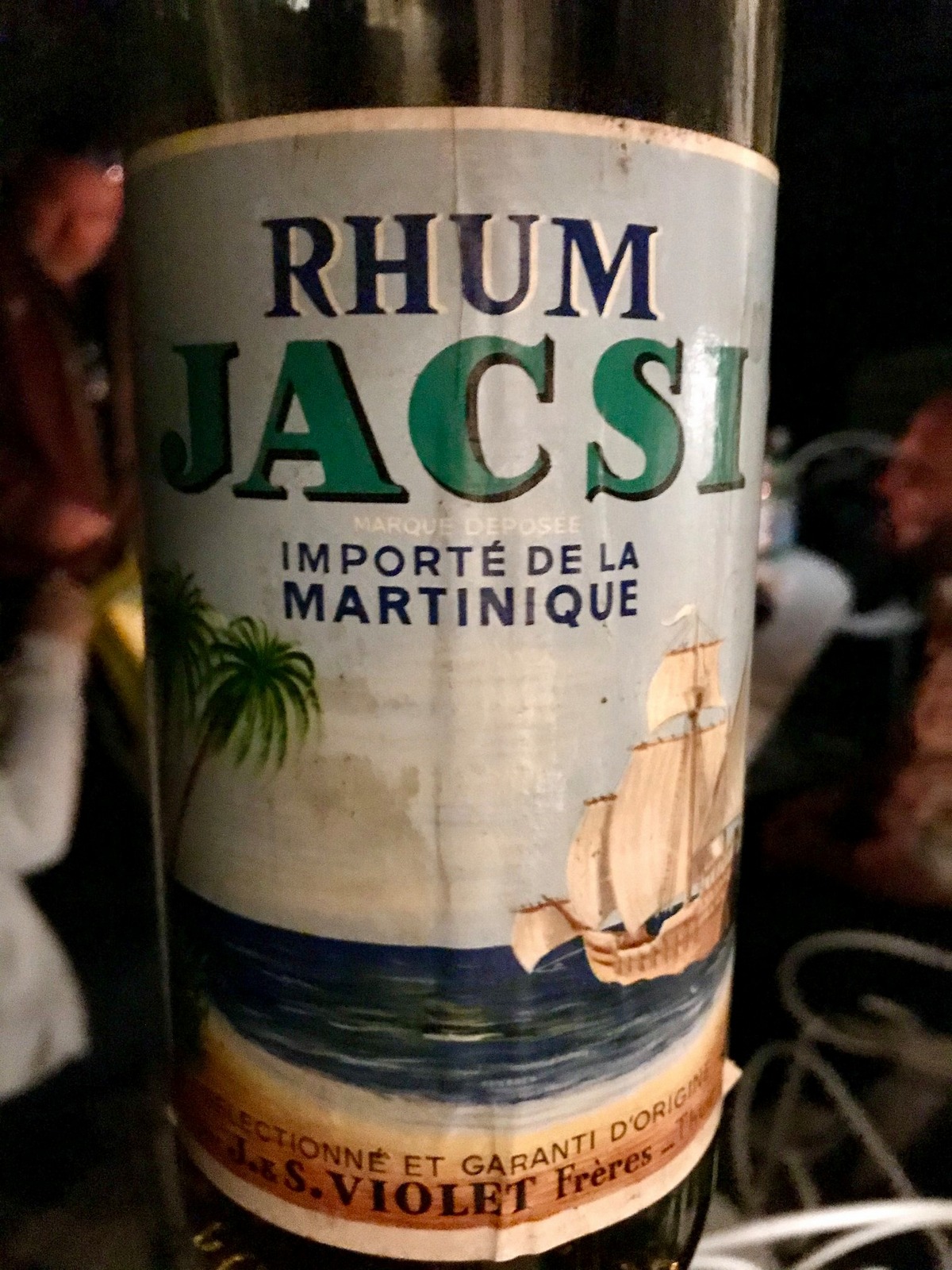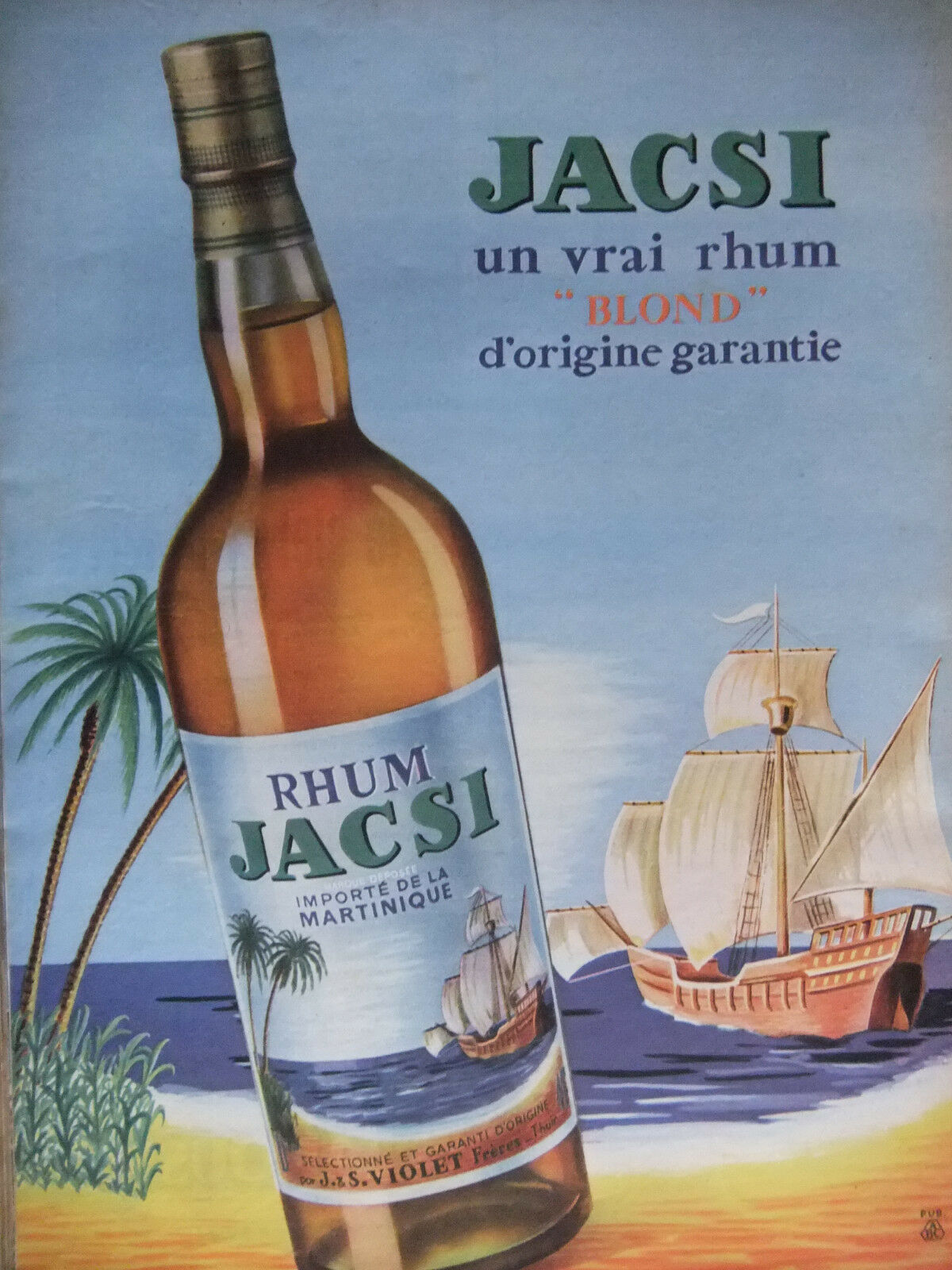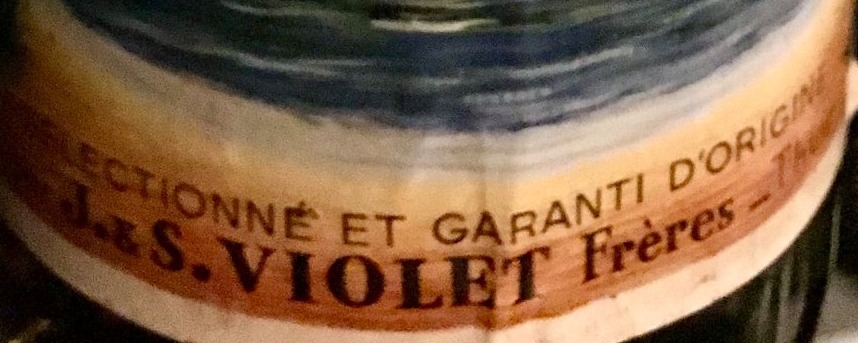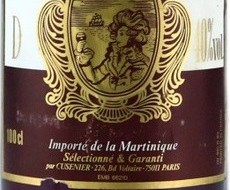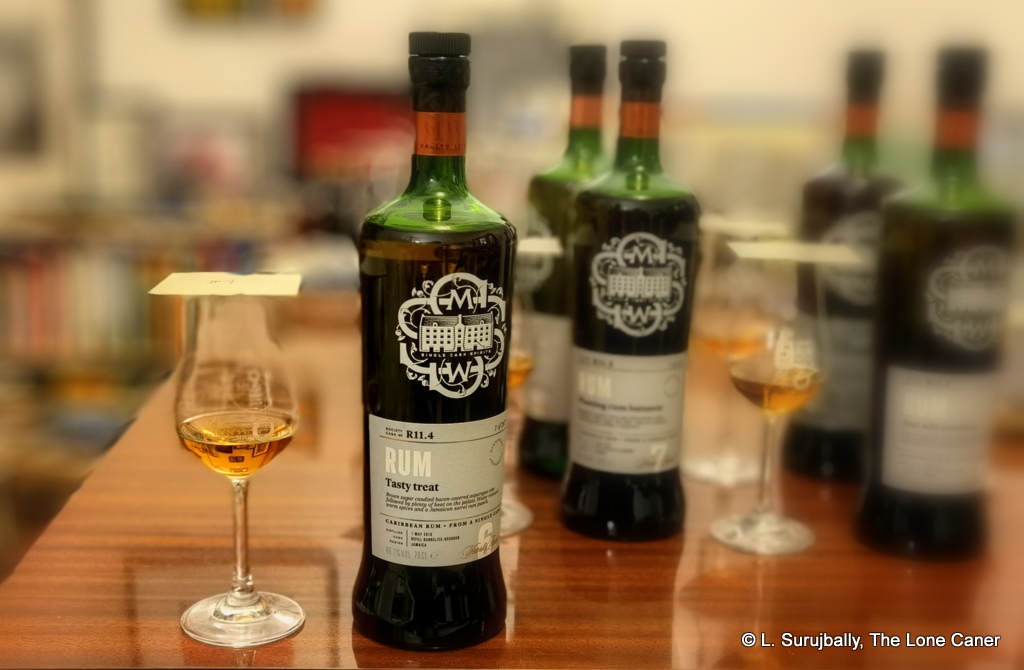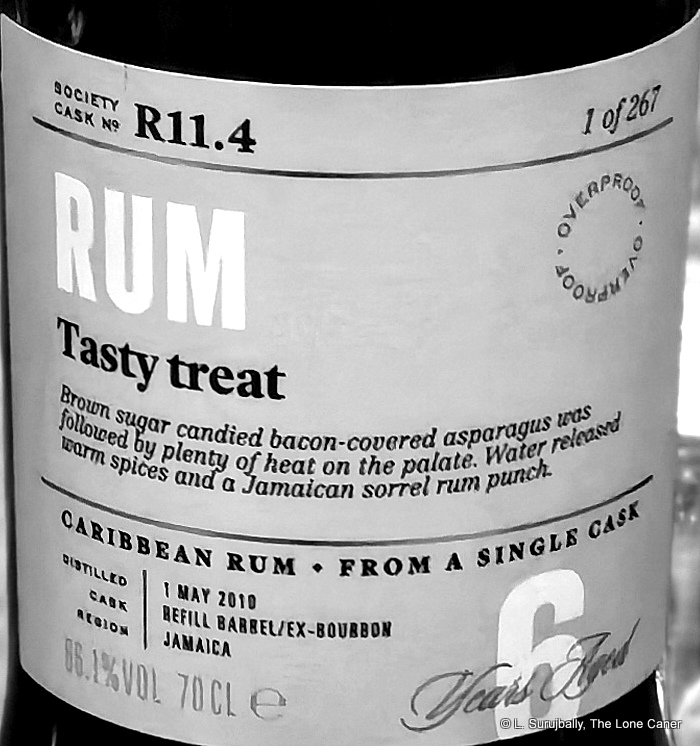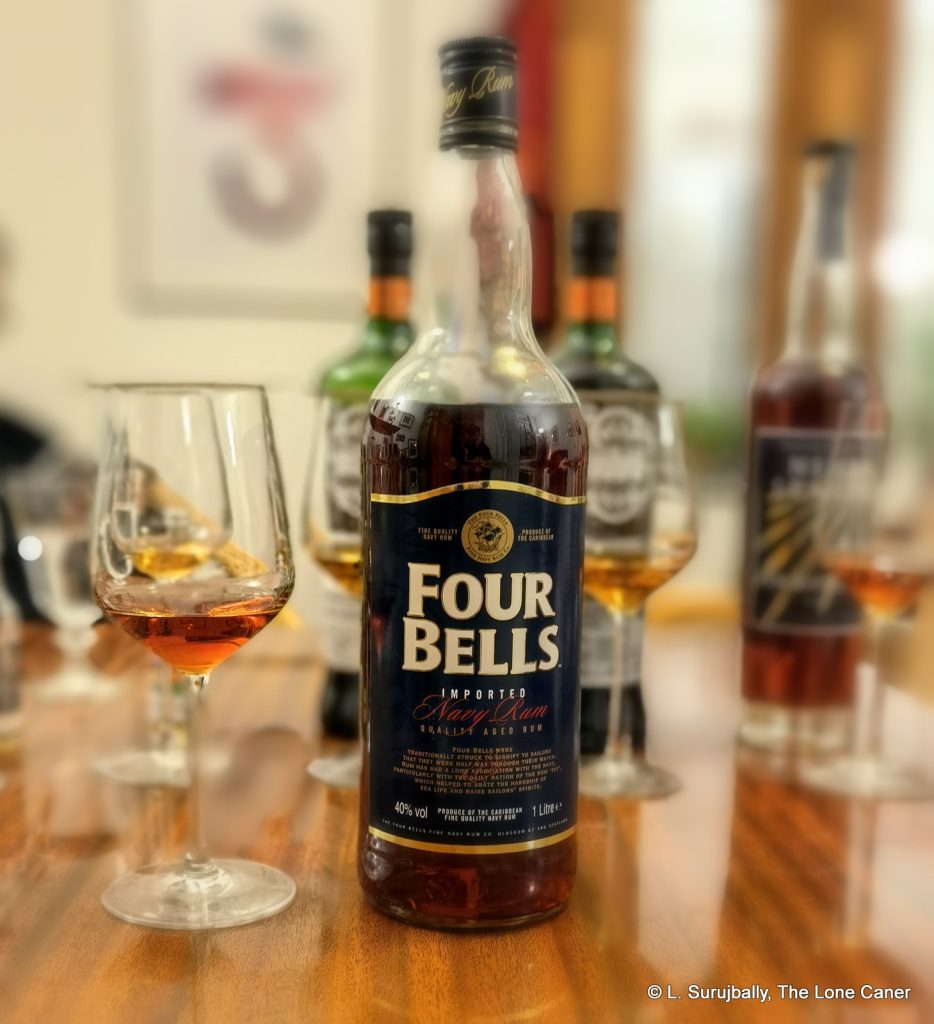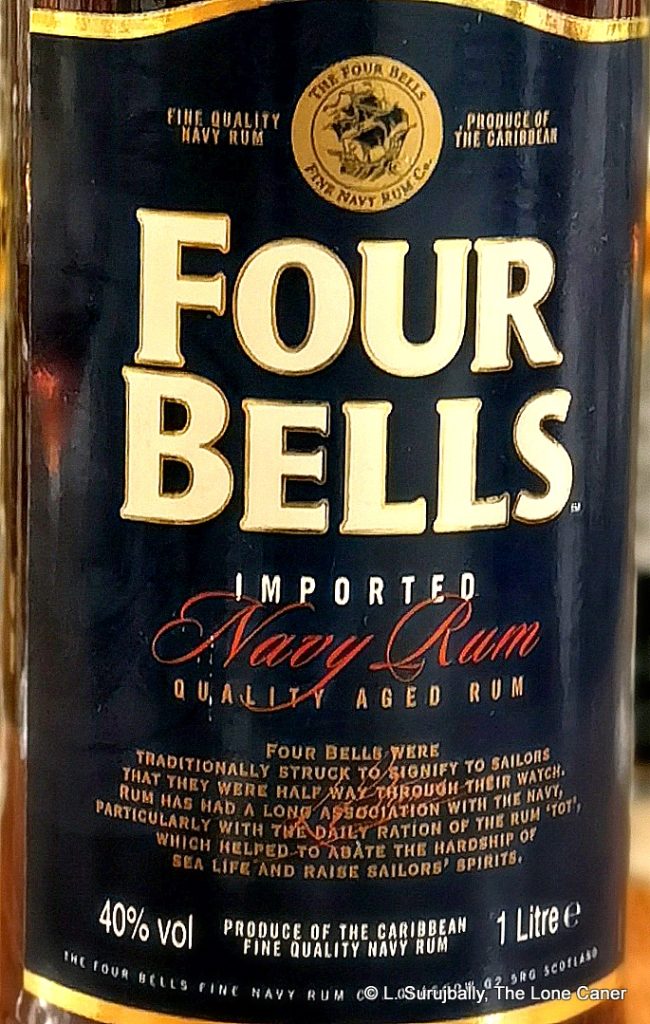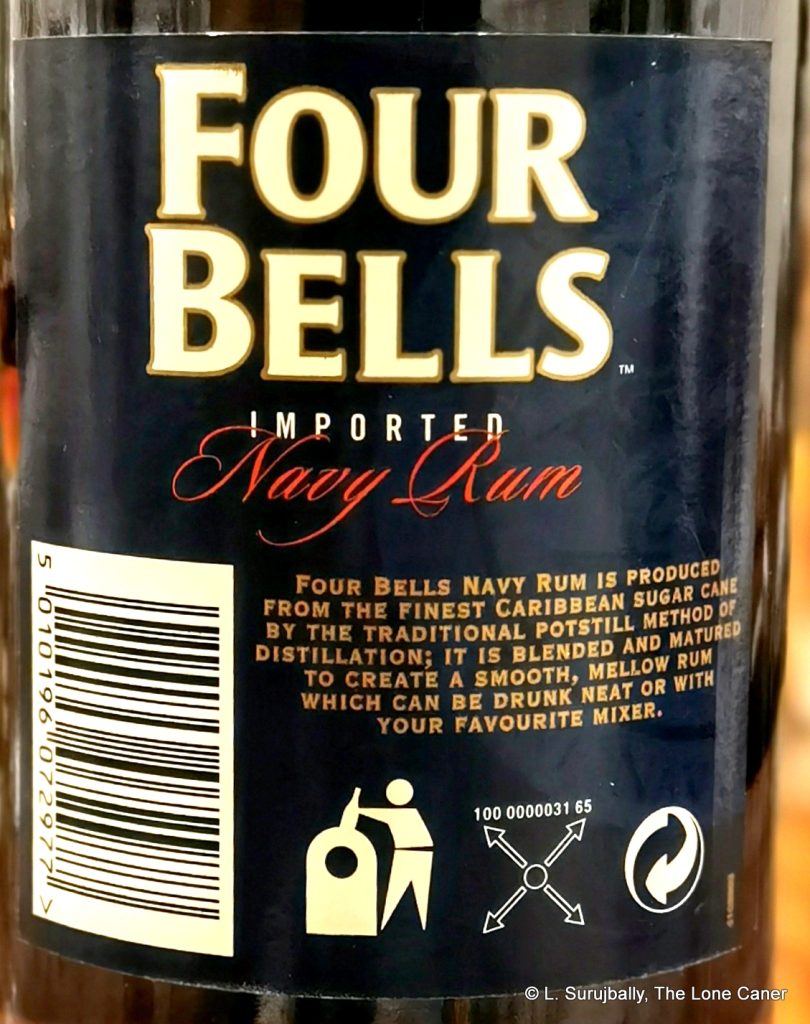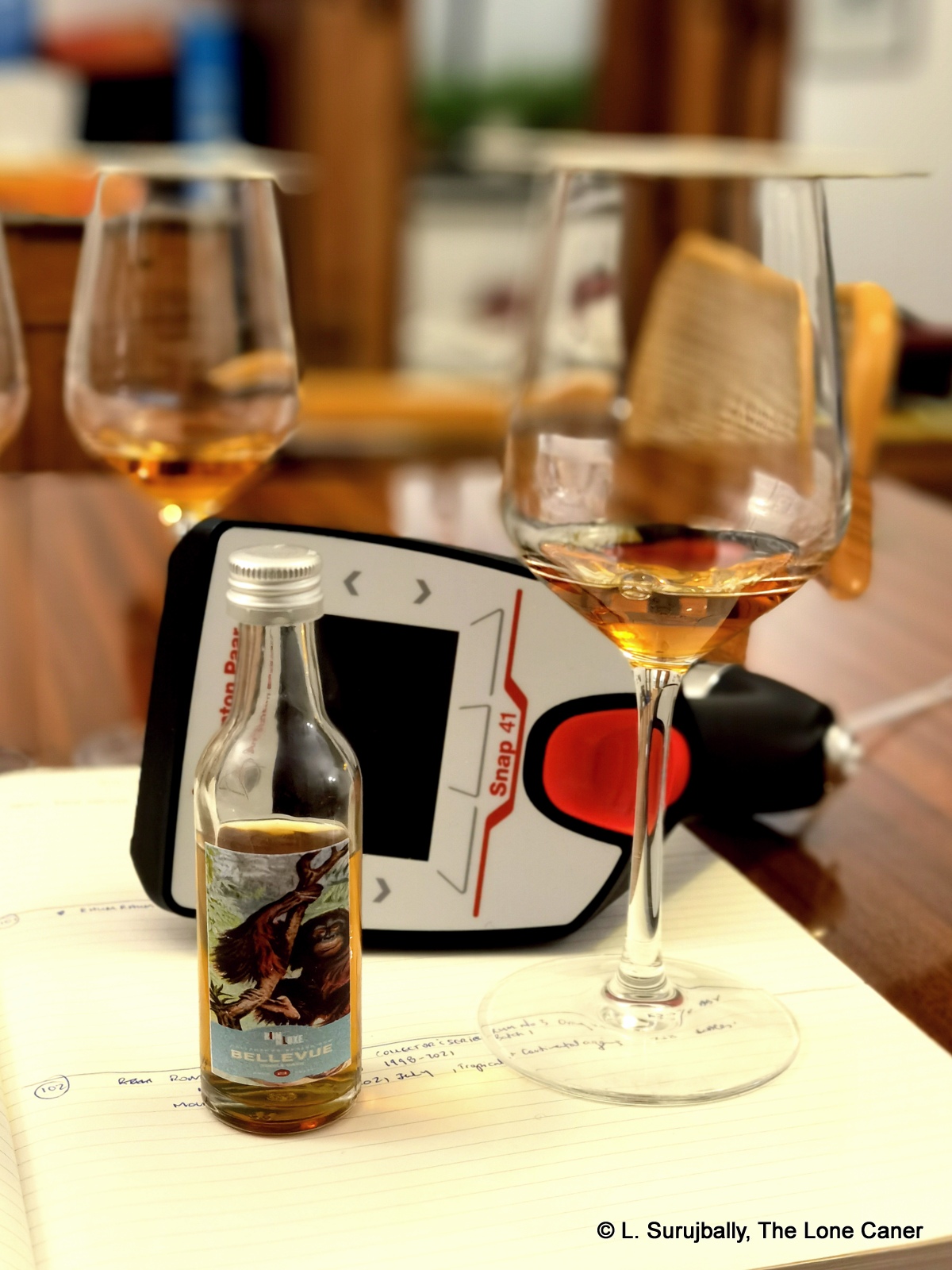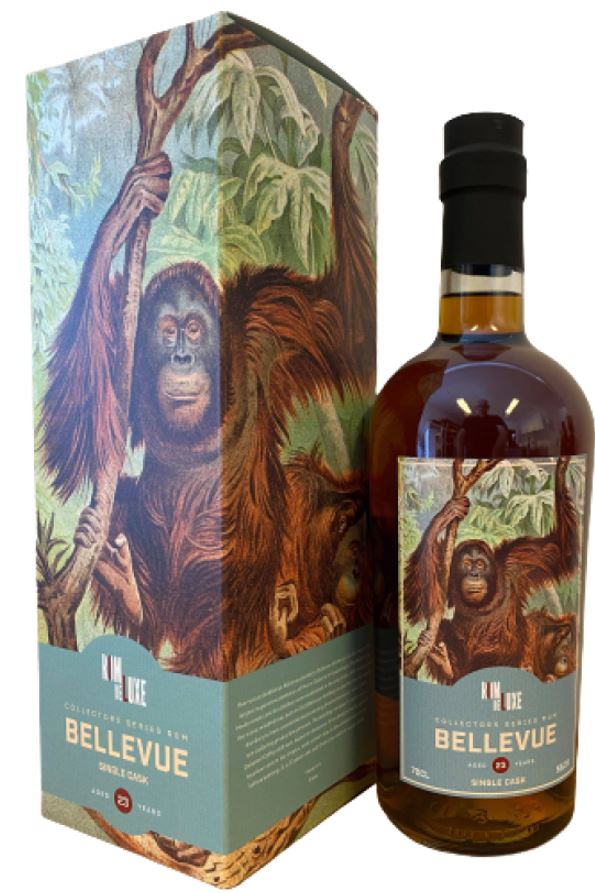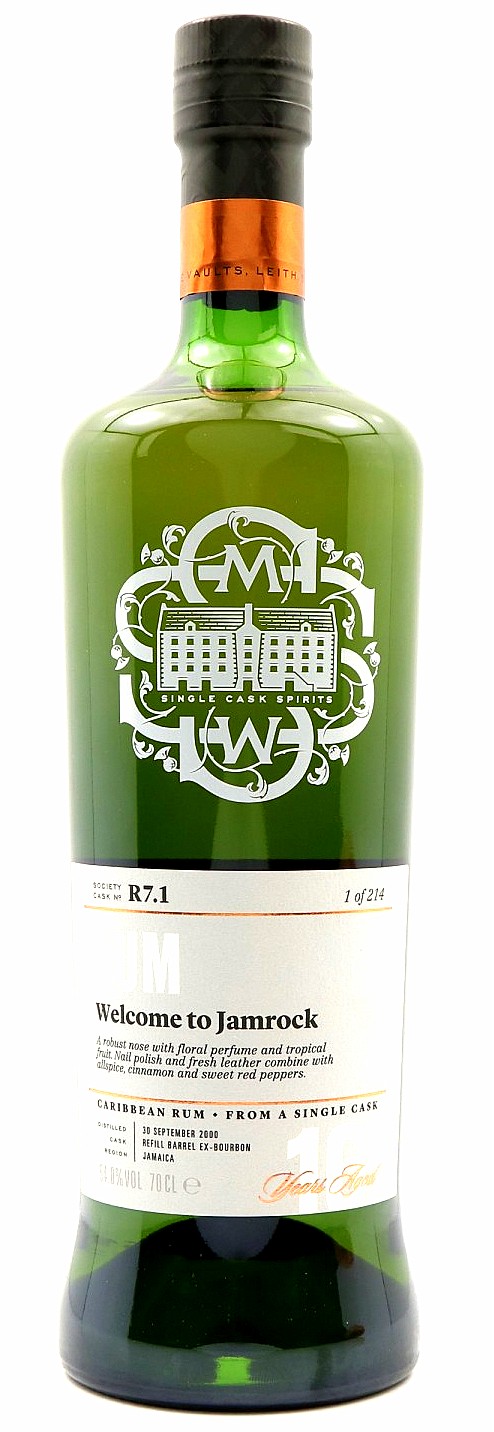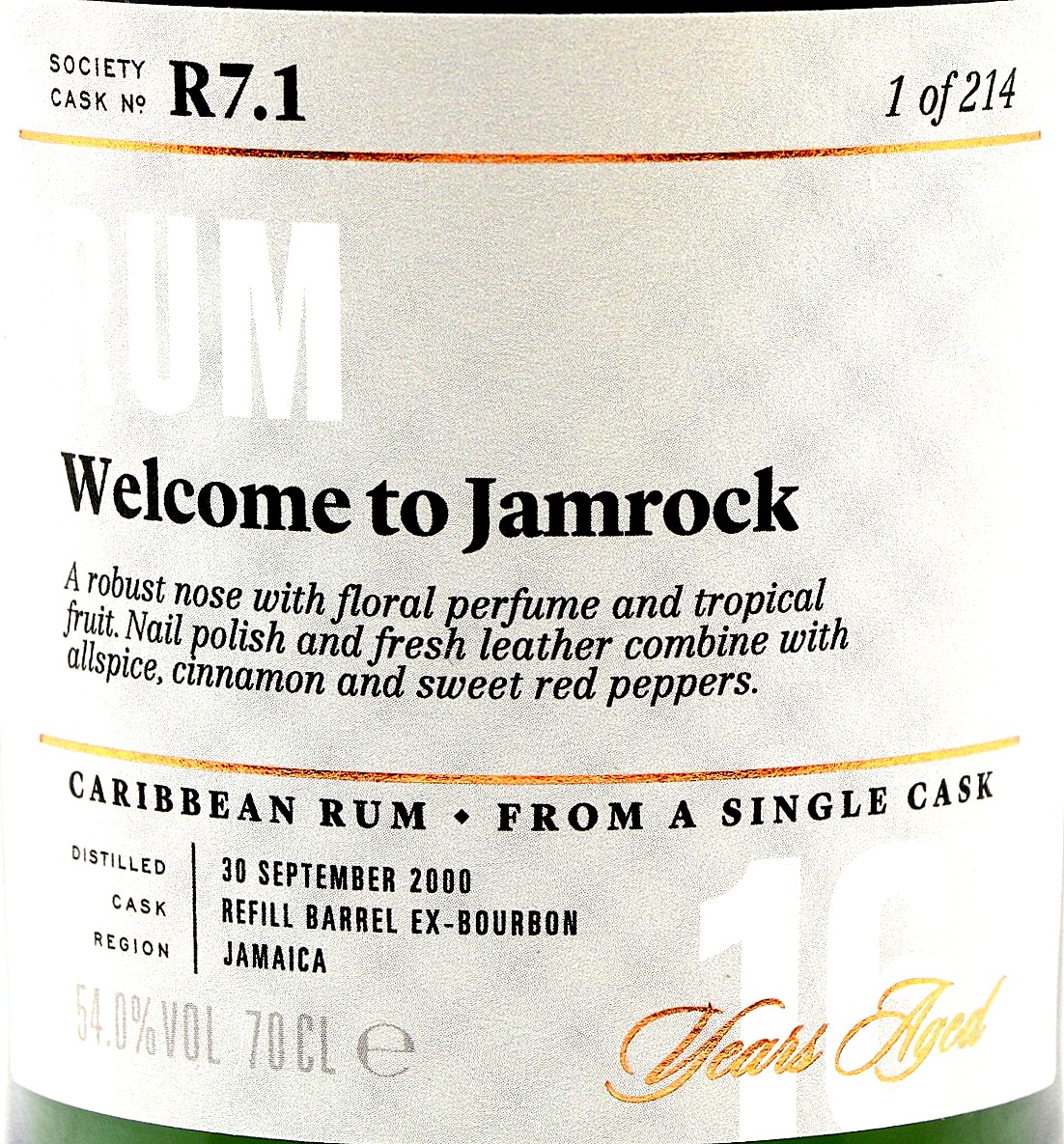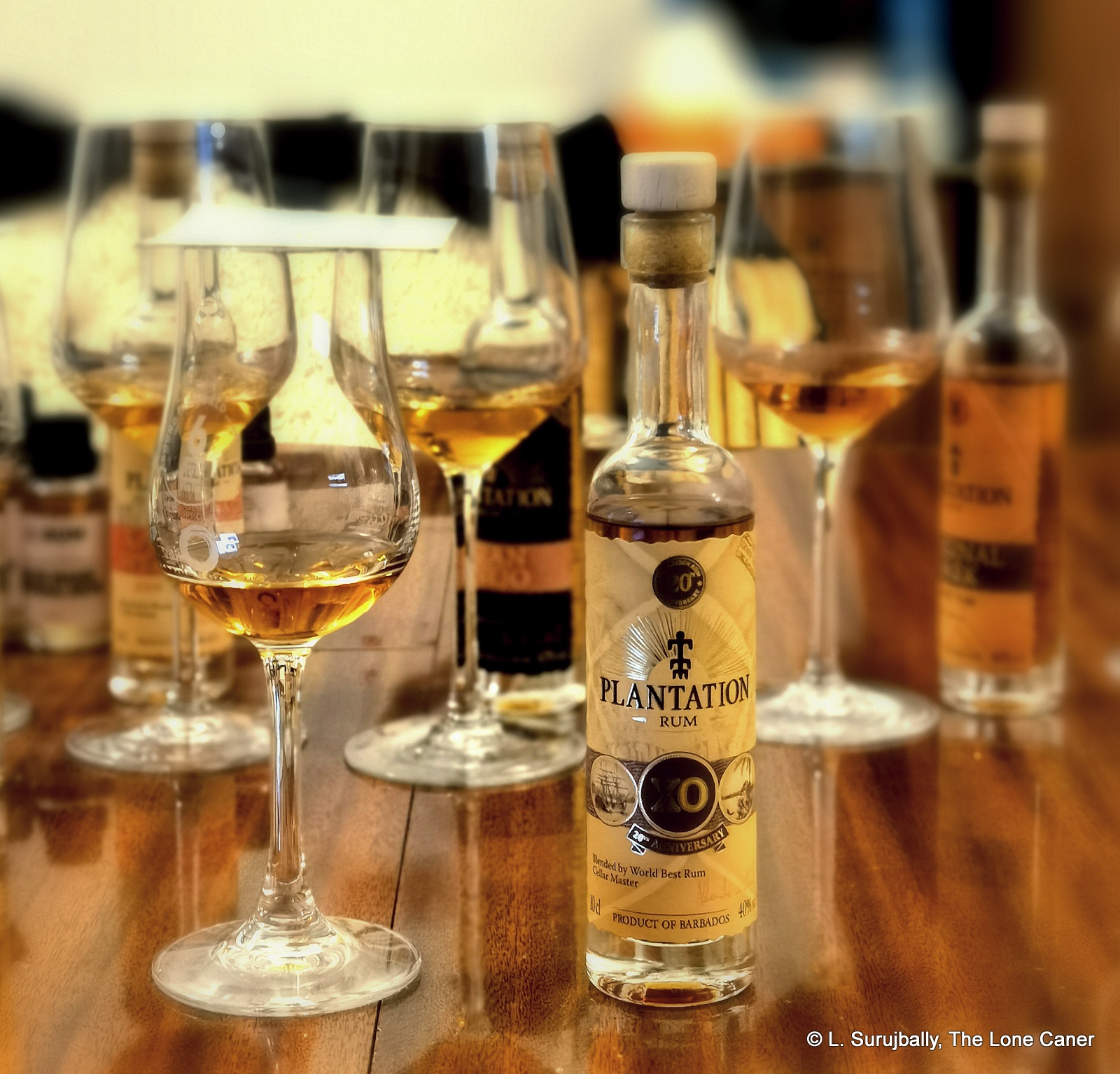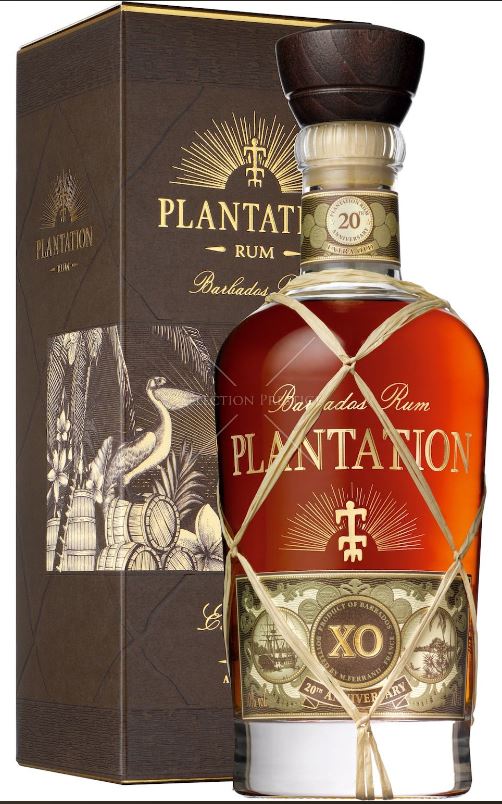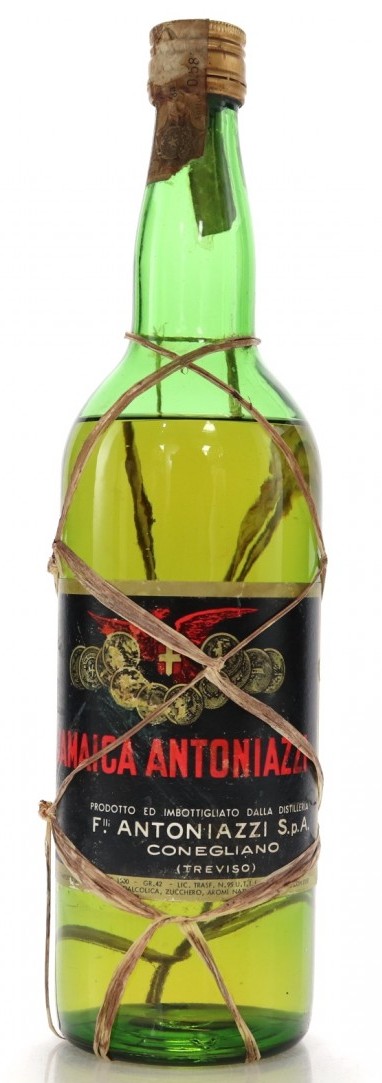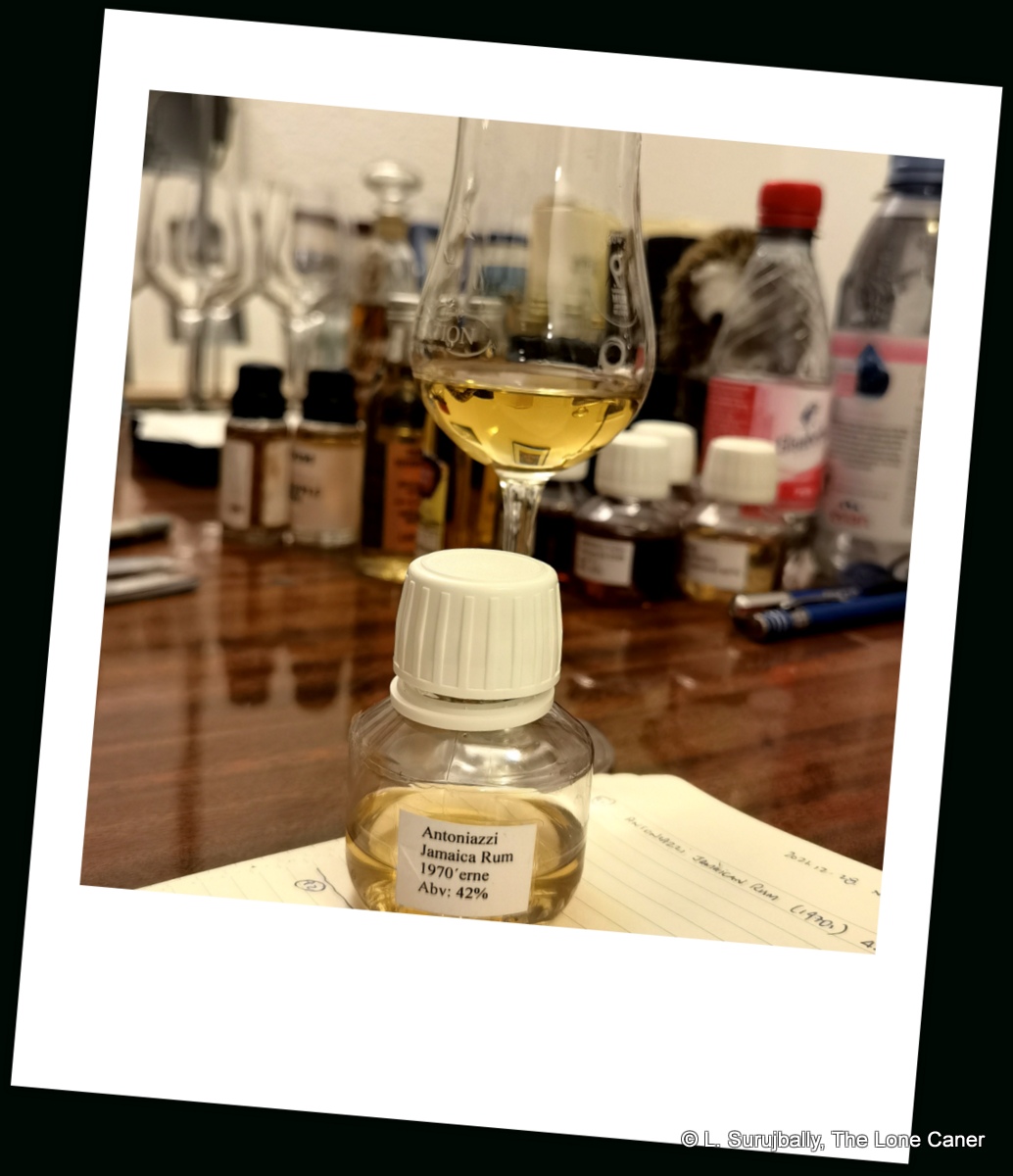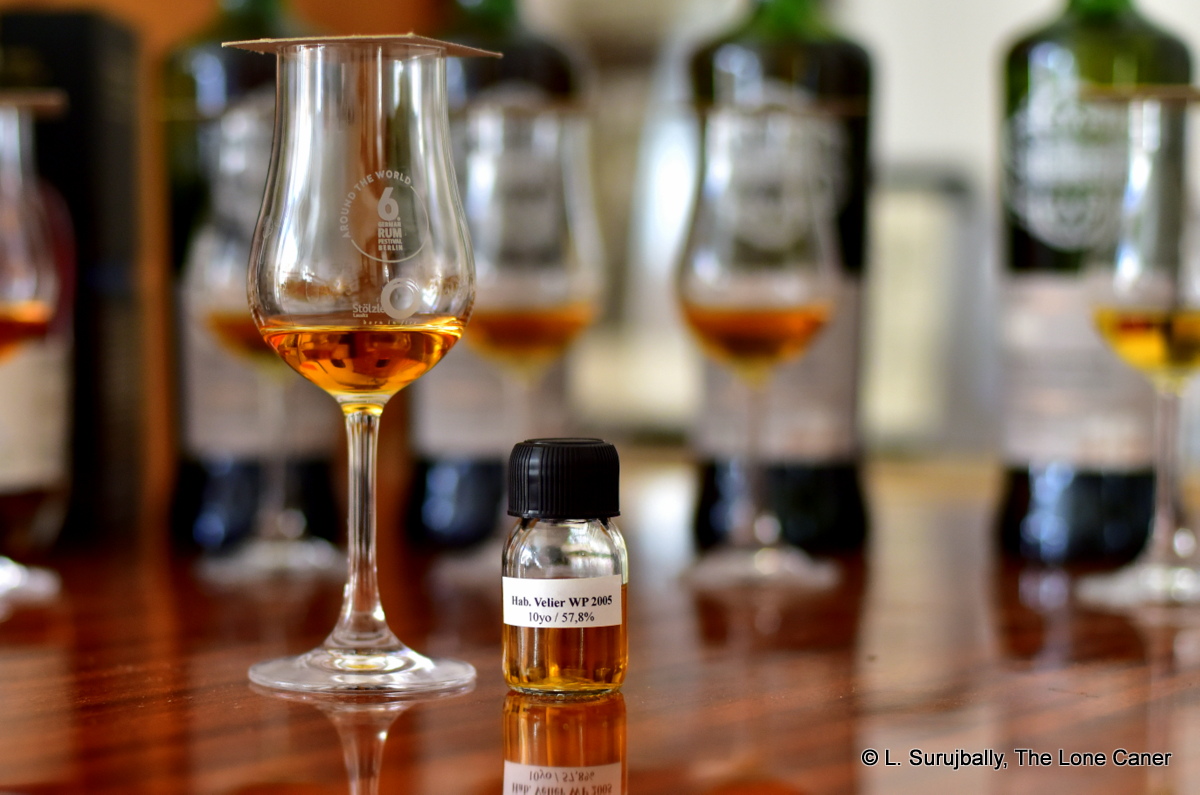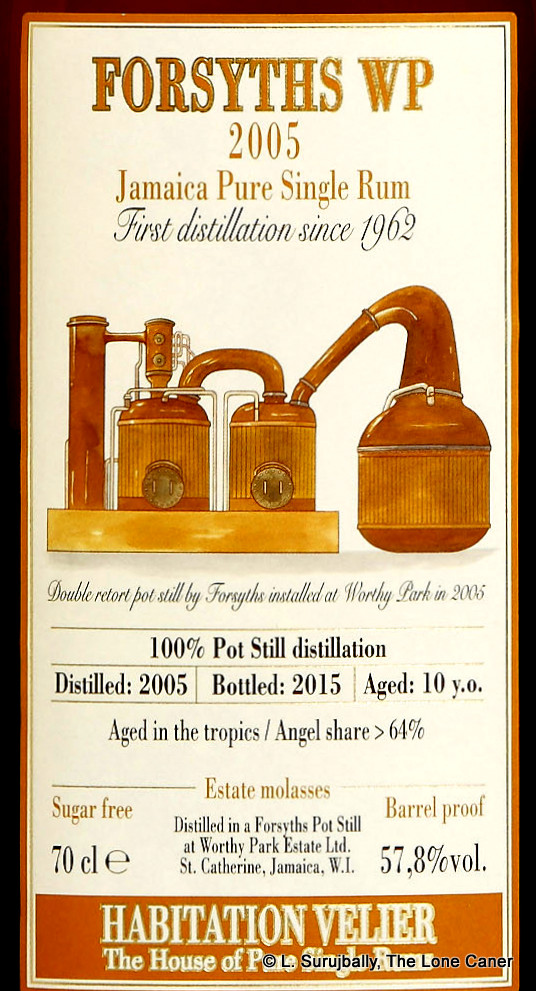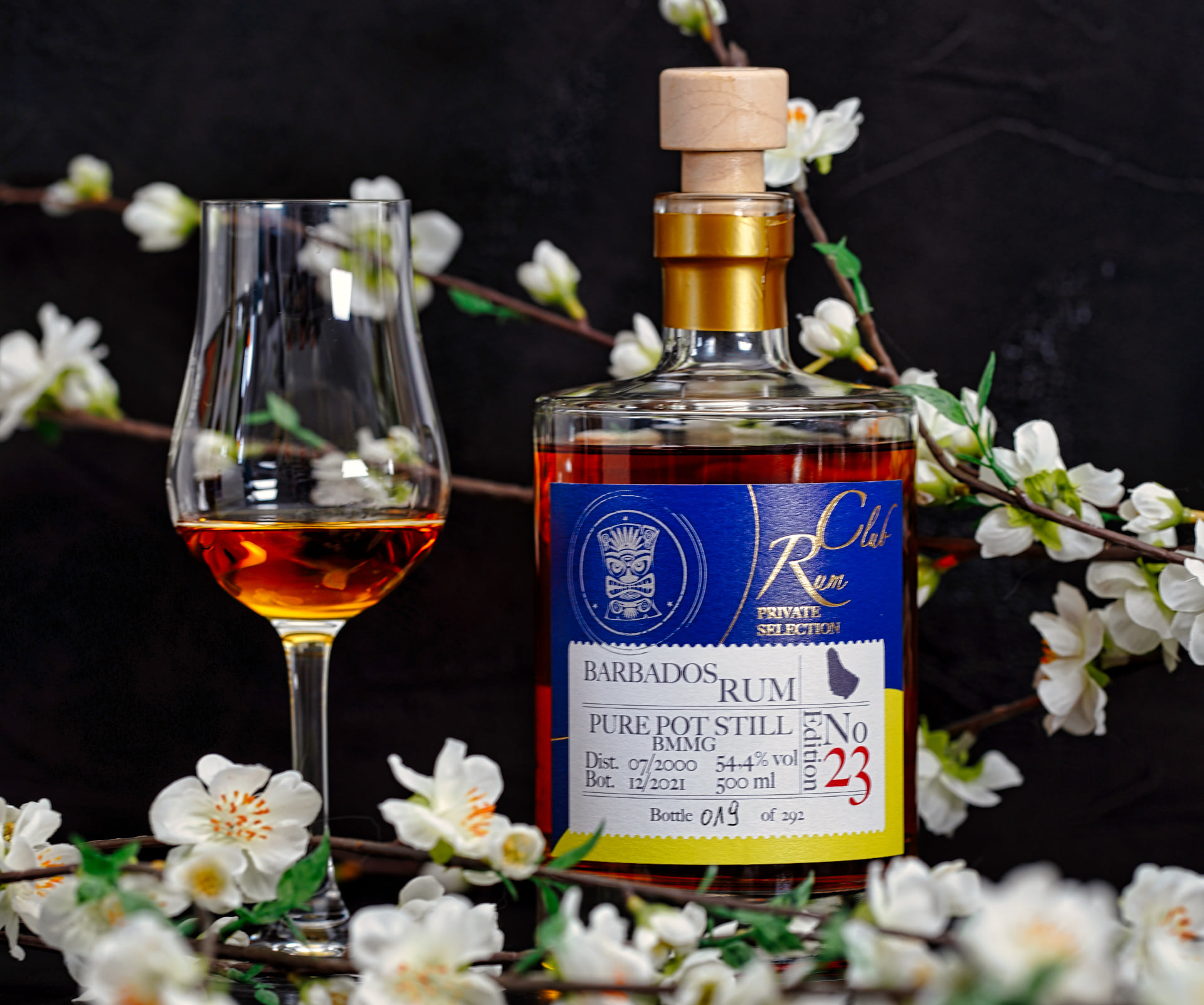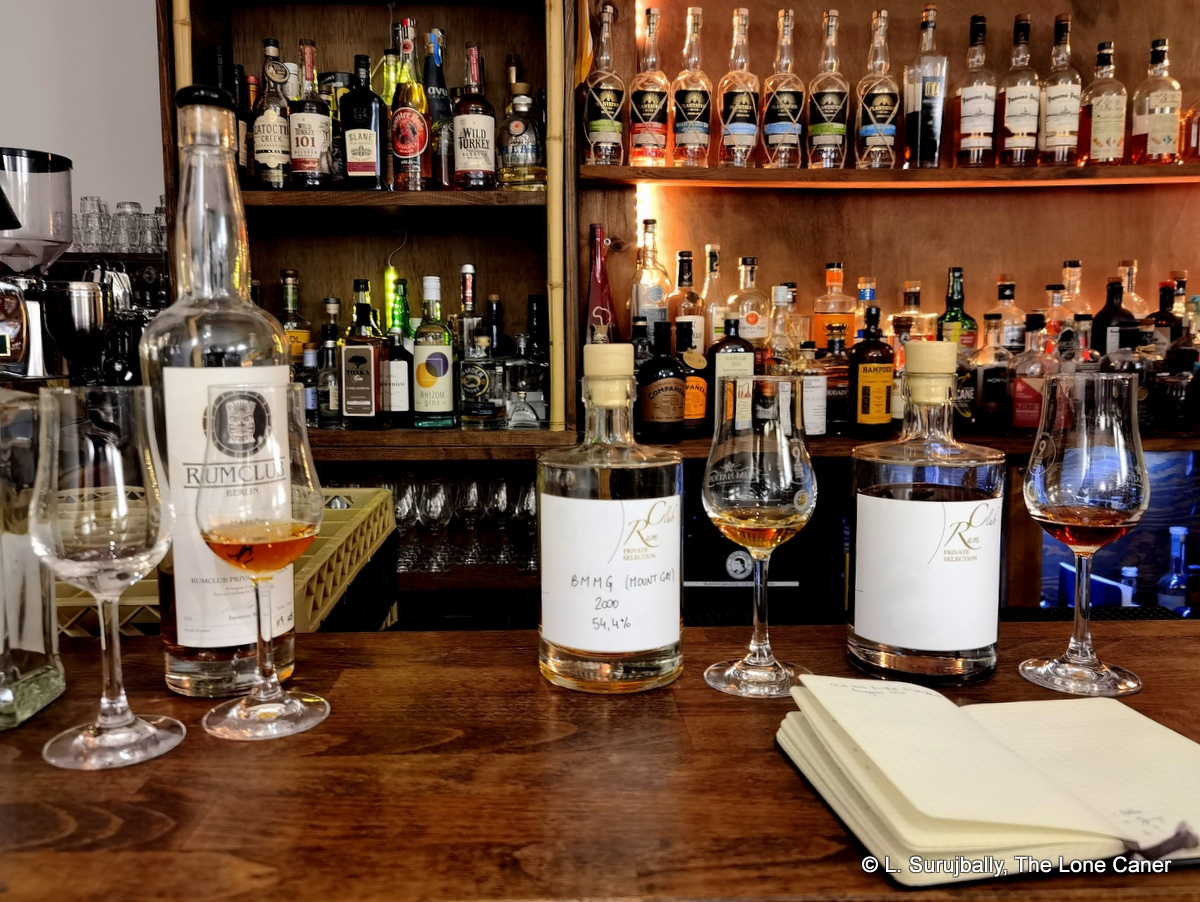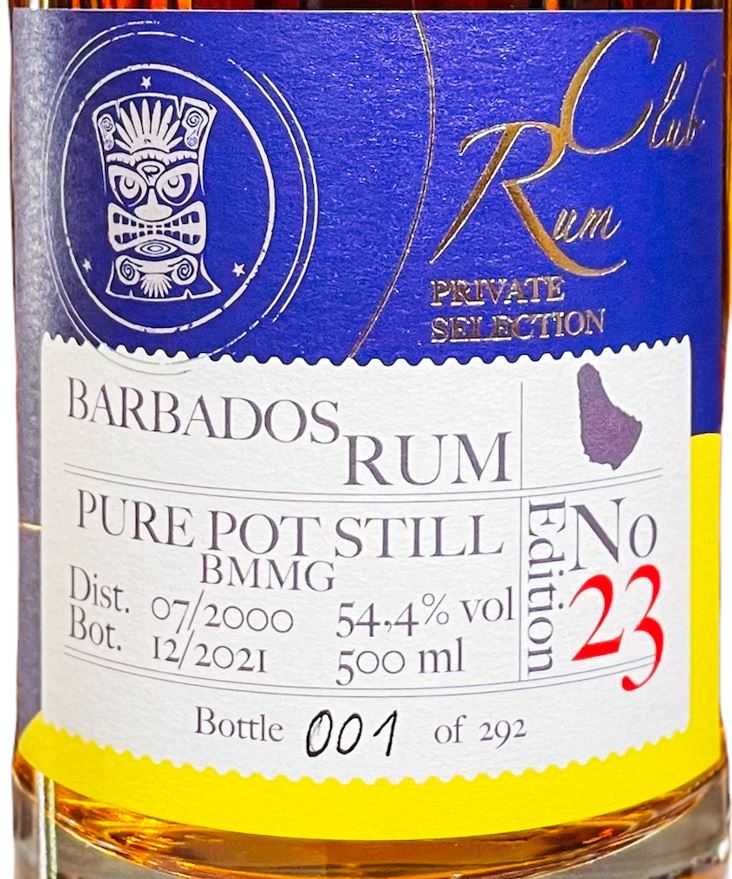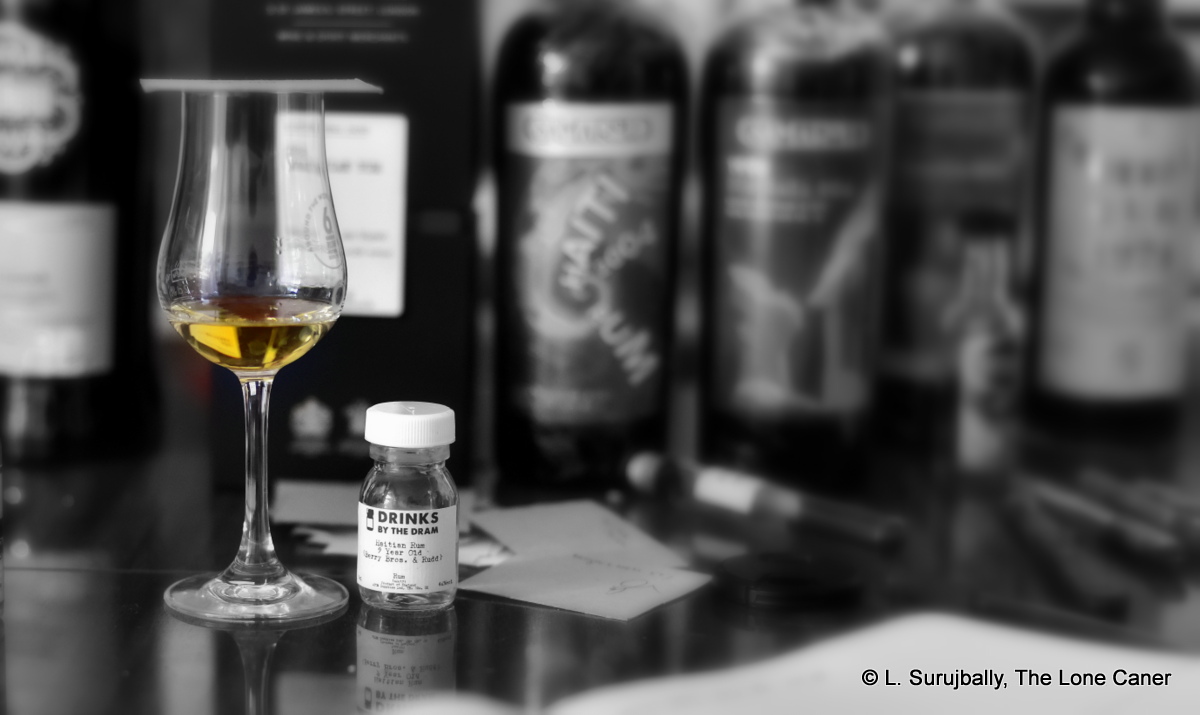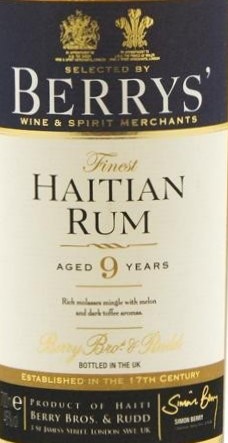If you have never heard of Wild Parrot, or have but can’t recall their releases, you can relax. You’re not alone. It is one of those recently founded small European indies that has pretty much remained in its own area and does not seek to be like 1423 and expand around the world. For the curious, the company was created in 2017 by two northern Italian rum aficionados: Stefano Cremaschi of The Whisky Roundabout store located just east of Milan, and Andrea Ferrari from the independent whiskey bottler Hidden Spirits in Ferrara, just north of Bologne — the brand’s rums are listed as a subset of Hidden Spirits on their Italian website, and also mentioned as being part of them on their FB page. Strictly speaking, it’s an online shop and brand.
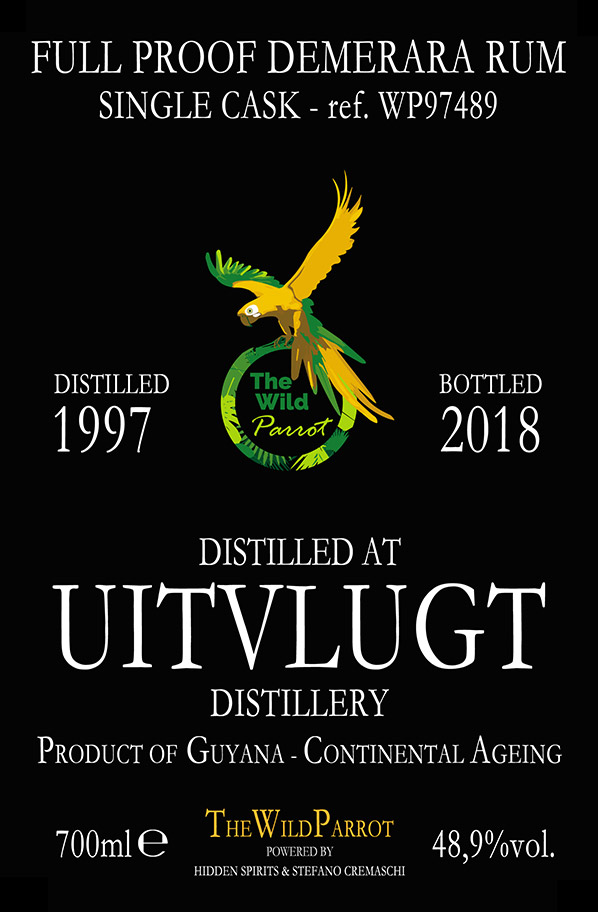 So far there are a three collections out there: the first one, “Art & Animal” (11 expressions bottled in 2017 and 2018), “Black and Gold” (9 bottlings from 2019-2021, all from Jamaica and Guyana). and “Beauty of Nature” (8 bottlings from 2021-2022). The company notes that the titlings and designs of each collection are done in conjunction with, and by, the Italian artist Giulia Ronchetti, and the design and pictures on the boxes and back labels are quite striking.
So far there are a three collections out there: the first one, “Art & Animal” (11 expressions bottled in 2017 and 2018), “Black and Gold” (9 bottlings from 2019-2021, all from Jamaica and Guyana). and “Beauty of Nature” (8 bottlings from 2021-2022). The company notes that the titlings and designs of each collection are done in conjunction with, and by, the Italian artist Giulia Ronchetti, and the design and pictures on the boxes and back labels are quite striking.
The subject of today’s review is an expression from that first “Art & Animal” collection, from Guyana: a single cask deriving from the Uitvlugt estate, aged in Europe, which released 150 bottles at 48.9%. Since these gents are probably perfectly aware of the various stills that have passed through that estate distillery in the course of its storied history, I will assume this is not either an Enmore or Port Mourant wooden-still rum, but one from the French Savalle still that was housed there until it too was moved to Diamond (the actual still is nowhere mentioned, so this is in the line of an educated guess).
The reason I make the assumption is because the profile is not at all reminiscent of the wooden stills. The nose starts off with lovely, sweet and rich notes of caramel, molasses, toffee, and even some lightly aromatic spices. There is also glue, varnish and a bouquet of crisply sweet apples and green grapes, followed by ripe peaches, apricots and even a nice red winey background that has no hint of the tannic licorice and pencil shavings we usually associate with a wooden still.
The palate is excellent as well: sweet, light, tinkling,sparkly and playful, like a sunlight dappled brook chuckling over wet rocks; scintillating light fruits – guava, peaches, watermelon, papaya, even some peaches in syrup. The mouthfeel is great, if light, and sharp little stabs drive home the message that there’s still some aggro and attitude left behind after all that ageing, and it shouldn’t be taken too lightly. But one hardly notices this, because the overall experience is so intriguing and tasty, and even the finish – salty, fruity, long lasting, mostly grapes, raisins, apples and fleshy stoned fruits – is absolutely one to savour. How this much finish was wring out of such a modest proof is a mystery, but I assure you…it works, and works well.
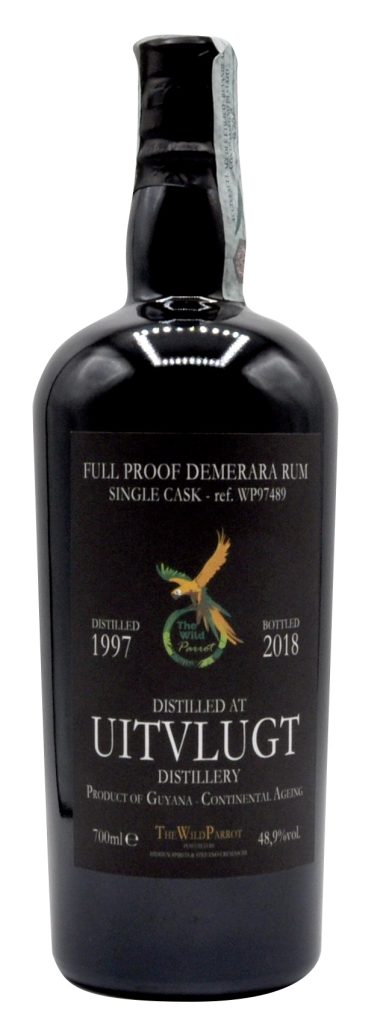 In the years since opening for business, Wild Parrot has not garnered any sort of lasting acclaim on the international rum-circuit. That’s not surprising since they don’t attend very many festivals (which in any case had that two year COVID gap to contend with), have small outturns and are marketed primarily in Italy. Yet in an underground sort of way, they are known to the European cognoscenti and if there is any indication that the rums of the line are a good long term bet, it’s the gradual rise in prices on Rum Auctioneer, where any of the range reliably goes for over £500 these days.
In the years since opening for business, Wild Parrot has not garnered any sort of lasting acclaim on the international rum-circuit. That’s not surprising since they don’t attend very many festivals (which in any case had that two year COVID gap to contend with), have small outturns and are marketed primarily in Italy. Yet in an underground sort of way, they are known to the European cognoscenti and if there is any indication that the rums of the line are a good long term bet, it’s the gradual rise in prices on Rum Auctioneer, where any of the range reliably goes for over £500 these days.
So what of this one, this two-decades old Guyanese rum made in the late 1990s? Well, I think that overall, it’s a solid, delicious Uitvlugt rum that any independent would be happy to have in its portfolio. The nose, the tastes, the finish, it all works; and for those who are nervous about cask strength monsters, the armchair strength here may be exactly what the doctor ordered. Even though these days we have become somewhat jaded with the wealth of available Guyanese bottlings, this rum is at pains to show that there is still some originality and quality left in the world for the enterprising barrel selector to ferret out. This is one of them, and it’s a great find for anyone who gets to try it.
(#972)(87/100) ⭐⭐⭐⭐
Other Notes
- Many thanks to Nicolai Wachmann, who provided the sample.
